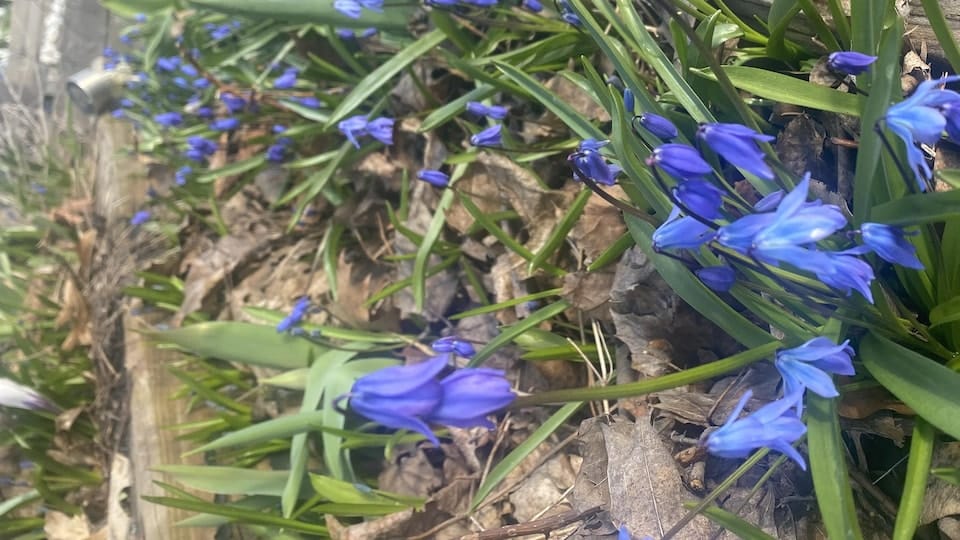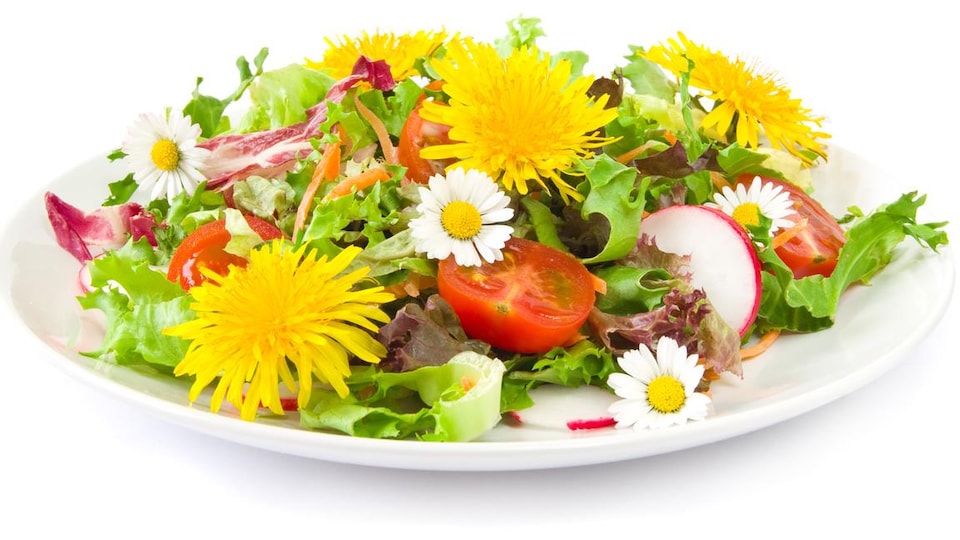On April 24, Amanda Halfpenny’s sons were playing in the backyard of their home in Toronto. Little did the mother suspect that 5-year-old Xavier was going to eat a handful of wildflowers: They were playing at the restaurant, I thought they were pretending
.
Little Xavier, however, began to vomit and his parents contacted the Ontario Poison Control Centre. They manage to identify the flower: a bluebell.
Bluebells contain toxins that can be harmful to health.
” Once he vomited, he felt better and wanted to continue playing, but he was taken to the emergency room. The doctors took it seriously. They said it could lead to heart problems. »
The Halfpenny family had the right reflex, according to a Toronto emergency physician. If there is any doubt that the child does not appear well, we go to the emergency room and we can take the vital signs quickly
according to Dr. Samuel Vaillancourt.
Xavier had to drink a treatment consisting of charcoal and remained under observation in the hospital for a few hours. Fortunately, the boy is doing well and was quickly discharged from hospital.
The misadventure, however, is an important reminder for the Toronto mother: For me it’s a reminder to always tell children that, for example, children know they can eat dandelions, but they need to always ask adults to know what they can eat and what which could be harmful to health
says Ms. Halfpenny.
Several potentially dangerous flowers
Dr. Vaillancourt points out that many plants found in nature or even in landscaping can pose a risk if ingested by children or pets. Some can also cause skin irritation if touched.
The emergency doctor points out that if serious cases are quite rare, cases of poisoning due to the ingestion of plants are always taken seriously.
Plants that may pose a risk to children
- nightshades
- rhododendrons
- thrush
- hydrangeas
- the digital ones
The manager of the Sheridan Nursery garden center in Toronto, Matthew Warden, points out that many of the plants that pose a safety risk to children and pets are perennial wild plants that are often invasive.
According to him, the best way to get rid of them when they are identified at home is to use chemicals when it is allowed, as in the case of ragweed, or even, it is better to remove them directly at the root
.
Mr. Warden stresses on the other hand that it is possible to create a garden with which the children can play without danger.
” An herb garden is always the best solution. They are safe plants to play, touch, smell and even eat. »
Other plants, such as pansies or dandelions, are also edible and safe (New window).
Dr. Vaillancourt argues that the important message to convey to children is that they should not consume plants without first seeking the advice of an adult. He also offers important advice for adults: Avoid taking risks, if you are unsure, err on the side of caution
.
Ms Halfpenny says she intends to take further precautions: For me it’s a reminder to always repeat that to children, […] they need to always ask adults to know what they can eat and what could be harmful to health
.
Reference-ici.radio-canada.ca


